In addition to efforts from each side, the role of the Government is especially important in formulating support policies as well as effective management, creating a favorable environment to "give wings" for the two industries to develop mutually, reaching out in global competition.
Challenging goals
In 2024, Vietnam's tourism industry aims to welcome 17-18 million international visitors; serve 110 million domestic visitors; and total tourism revenue reaches about 840 trillion VND. Economic experts assess that tourism and aviation have a close relationship, together creating mutual development, inseparable in the development process. Both are service industries, meaning that the products cannot be stored and depend heavily on technology to provide efficient and convenient services to customers.
According to the Civil Aviation Authority of Vietnam, for domestic air transport activities, Vietnamese airlines currently operate 45 routes connecting Hanoi, Ho Chi Minh City, Da Nang with 19 local airports, operating nearly 600 flights per day. In 2023, the Hanoi-Ho Chi Minh City route will be the most exploited with nearly 43,000 flights, accounting for 17.5% of domestic flights. This route is also listed in the Top 10 busiest routes in the world in 2023.
Currently, the international aviation market has 63 foreign regular airlines and 4 domestic airlines operating 164 international routes, connecting 33 countries and territories to 6 destinations in Vietnam: Hanoi, Ho Chi Minh City, Da Nang, Khanh Hoa, Phu Quoc and Da Lat. The international flight network has been completely restored to the pre-Covid-19 period and continues to expand to new markets in Central Asia, India and Australia.
"International air transport has contributed to the strong growth of international tourism with 7.6 million international tourists coming to Vietnam in the first 5 months of 2024, an increase of 61.7% over the same period last year, an increase of 3.9% over the same period in 2019 and expected to reach 18 million visitors in 2024," said Mr. Do Hong Cam, Deputy Director of the Civil Aviation Authority of Vietnam.
To achieve the goal of welcoming nearly 130 million international and domestic tourists in 2024, the role of aviation is very important. According to statistics, currently, tourists coming to Vietnam by air account for a very high rate of nearly 80% compared to other means of transport.
However, fuel prices have increased recently, while this is a factor that accounts for nearly 40% of the cost of a flight. In addition, the price of renting engines and aircraft spare parts has also increased, the difference in the exchange rate of the USD compared to the domestic currency has had a great impact, increasing the operating costs of airlines because most of their expenses are paid in foreign currency.
According to research by the Association of Asia-Pacific Airlines (AAPA), airfares around the world are currently and in the future tend to increase higher than before. Airlines are facing a series of disadvantages such as high fuel costs, fleet upgrades, additional leases/purchases, aircraft maintenance, human resource shortages, airport service prices, etc. Global airfares are forecast to increase by 3-7% in 2024 and will continue to increase in the following years.
"The fleet of Vietnamese airlines currently operating fluctuates around 165-170 aircraft, a decrease of about 40-45 aircraft compared to the average aircraft operating in 2023. The reason is due to the recall of Pratt & Whitney engines and some airlines are restructuring. Domestic airlines must balance the fleet of domestic and international aircraft to compete and maintain international market share with foreign airlines," Mr. Do Hong Cam added.
Thus, in the short term, achieving the 2024 target of the tourism industry becomes challenging in the context of the recovery of aviation and domestic tourism continuing to face unfavorable factors in the general difficult picture of the global economy, especially in the face of unpredictable developments from the world geopolitical situation, inflation, climate change, etc.
Win-win cooperation
Economic experts assess that tourism and aviation are like "wings" that contribute to economic development. In the terrain conditions stretching from north to south of our country, air transport has more advantages. Aviation is the launching pad for the tourism industry, attracting investment, trade, international relations...
Because of this important role, many countries consider aviation as one of the areas to regulate the tourism industry and economy. The growth of the aviation industry promotes tourism development, creating opportunities for passengers to explore new destinations. In general, tourism plays an important role in promoting the development of the aviation industry, from creating demand for services, contributing to economic development, to creating opportunities for innovation and improvement.
The recent increase in domestic airfares has had a negative impact on the aviation, tourism, economic sectors and livelihoods of local people. According to experts from the Tourism Advisory Board (TAB), the issue of reducing domestic airfares can be resolved through comprehensive and complete coordination between relevant parties, including the Government and ministries, sectors, localities and businesses.
"The issue of cooperation between these two industries is considered not only at the level of joint promotion and offering promotional packages, but also needs to consider building a comprehensive and divergent plan to have long-term impact. There needs to be a forum to discuss the strengths and weaknesses of each side, urgent actions to support ensuring mutual benefits for many parties, including aviation-tourism businesses, destinations, authorities and local people," commented Mr. Hoang Nhan Chinh, Head of TAB Secretariat.
TAB experts also noted an alarming cyclical problem: when domestic airfares increase, tourist destinations are forced to lower service prices, causing quality to decline, reducing tourist satisfaction. As a result, domestic travel demand decreases, the number of flights decreases, and finally domestic airfares continue to increase. Airlines reduce promotional policies and reduce attention to customer service quality, which can lead to continued increases in airfares and a decline in service quality, directly affecting domestic travel demand, etc.
A representative of a tourism business acknowledged that, in reality, many tourism development links have been broken by conflicts of interest within one party, by the appearance of a third party. Many programs cannot be implemented due to concerns about the risk that some other businesses in the industry will not participate but will benefit. Therefore, before finding solutions to strengthen links and cooperation between the two industries, there must be solutions and mechanisms to control within the industry itself, and this requires the role of specialized State management agencies and socio-professional organizations, etc.
In order to analyze and evaluate the current development status of the aviation and tourism industries, find practical and effective solutions for linking and cooperating between the two industries; recommend and propose to the Government support solutions, thereby contributing to helping the aviation and tourism industries overcome difficulties and develop sustainably..., Nhan Dan Newspaper organized a workshop: "Aviation - Tourism "join hands" to link for sustainable development" on the afternoon of June 12, in Hanoi. The workshop was attended by representatives of leaders of relevant ministries and branches; management agencies, economic experts; aviation and tourism enterprises; social-professional organizations; a number of foreign tourism promotion agencies...
Source: https://nhandan.vn/chap-canh-cho-hang-khong-du-lich-vuon-tam-post813900.html






![[Photo] Phuc Tho mulberry season – Sweet fruit from green agriculture](https://vstatic.vietnam.vn/vietnam/resource/IMAGE/2025/4/10/1710a51d63c84a5a92de1b9b4caaf3e5)
![[Photo] Prime Minister Pham Minh Chinh chairs meeting to discuss tax solutions for Vietnam's import and export goods](https://vstatic.vietnam.vn/vietnam/resource/IMAGE/2025/4/10/19b9ed81ca2940b79fb8a0b9ccef539a)








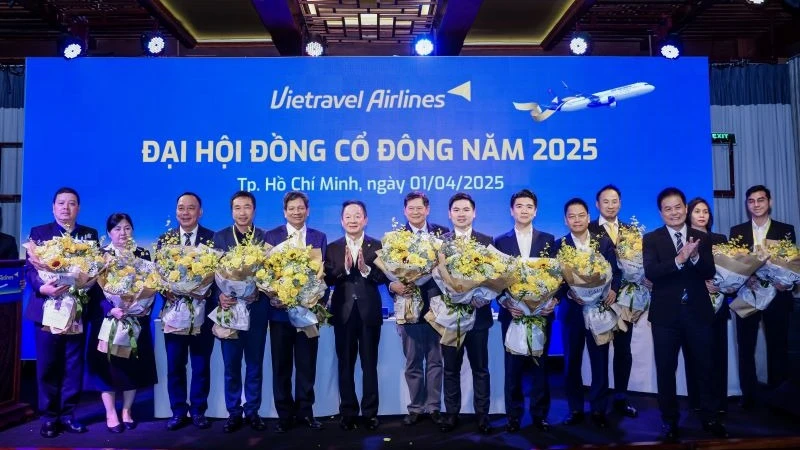
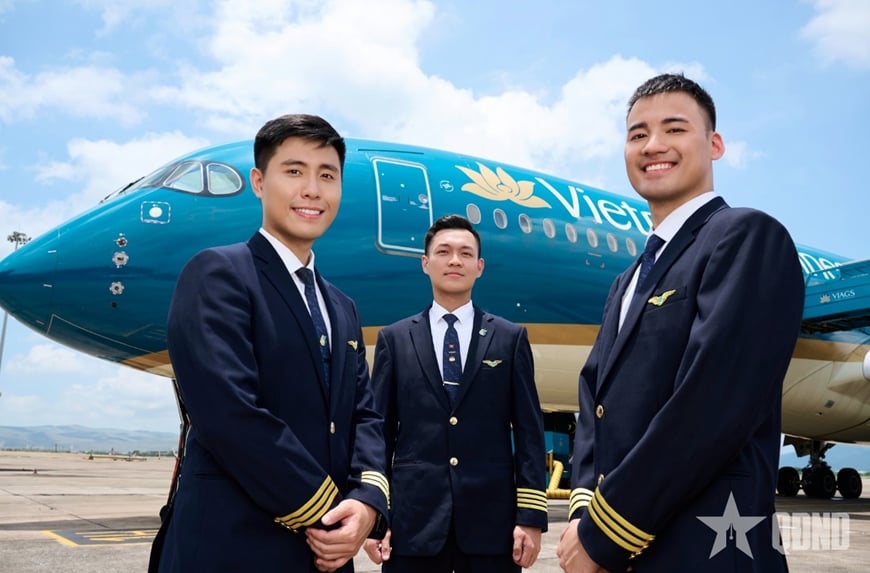

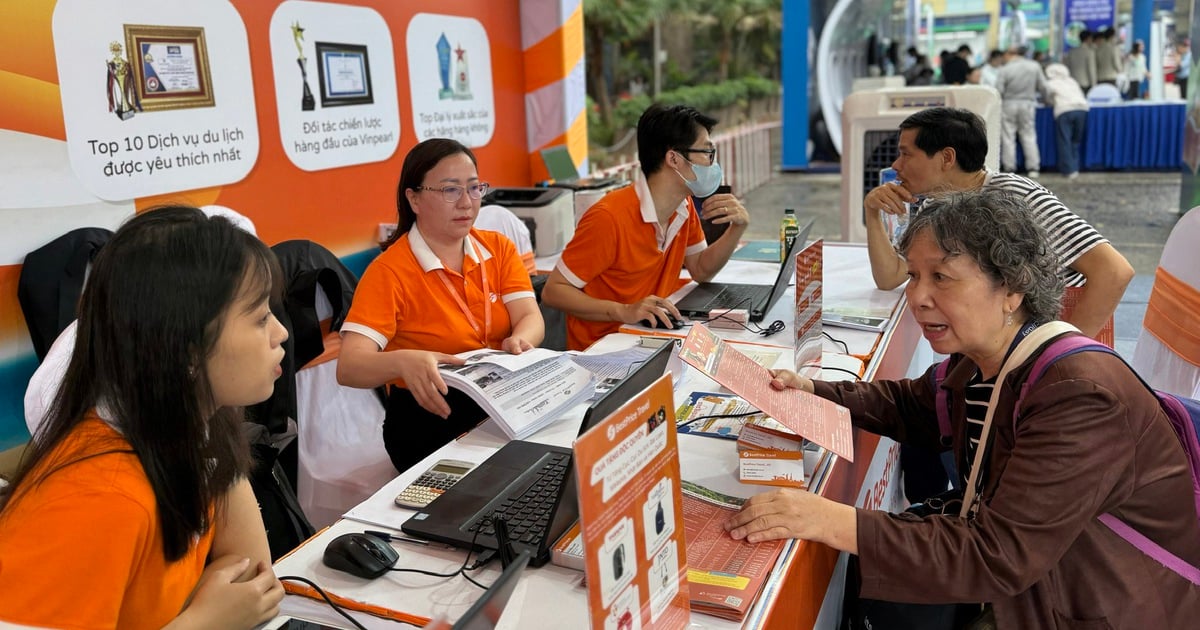
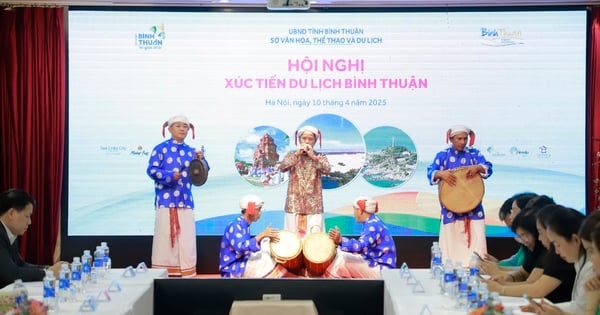








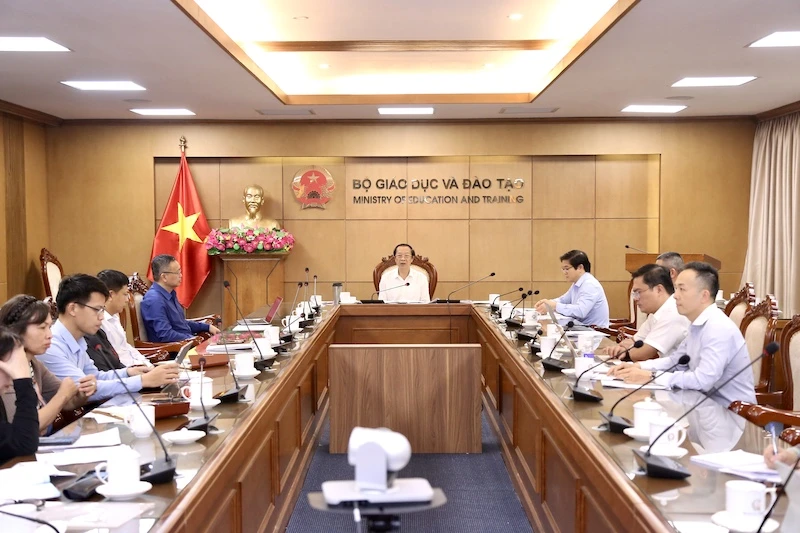


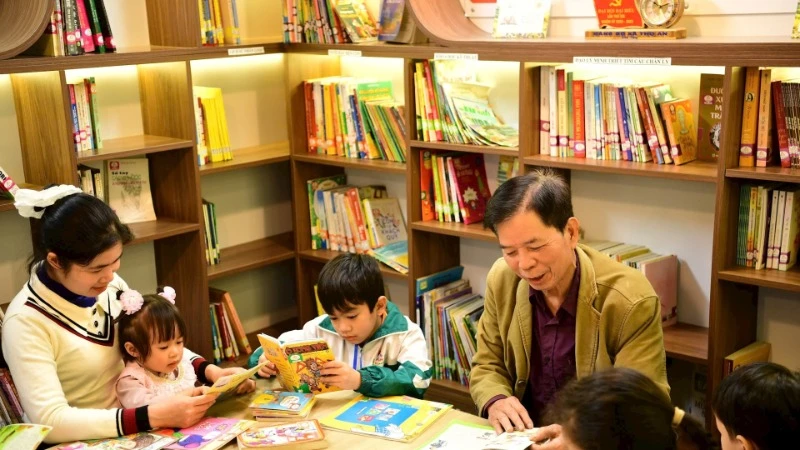

![[Photo] Unique folk games at Chuong Village Festival](https://vstatic.vietnam.vn/vietnam/resource/IMAGE/2025/4/10/cff805a06fdd443b9474c017f98075a4)
































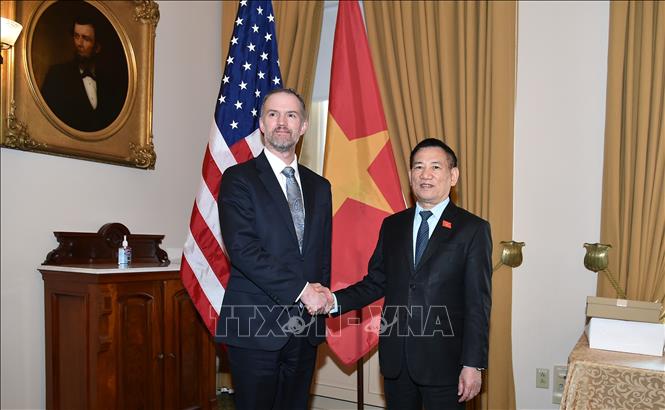






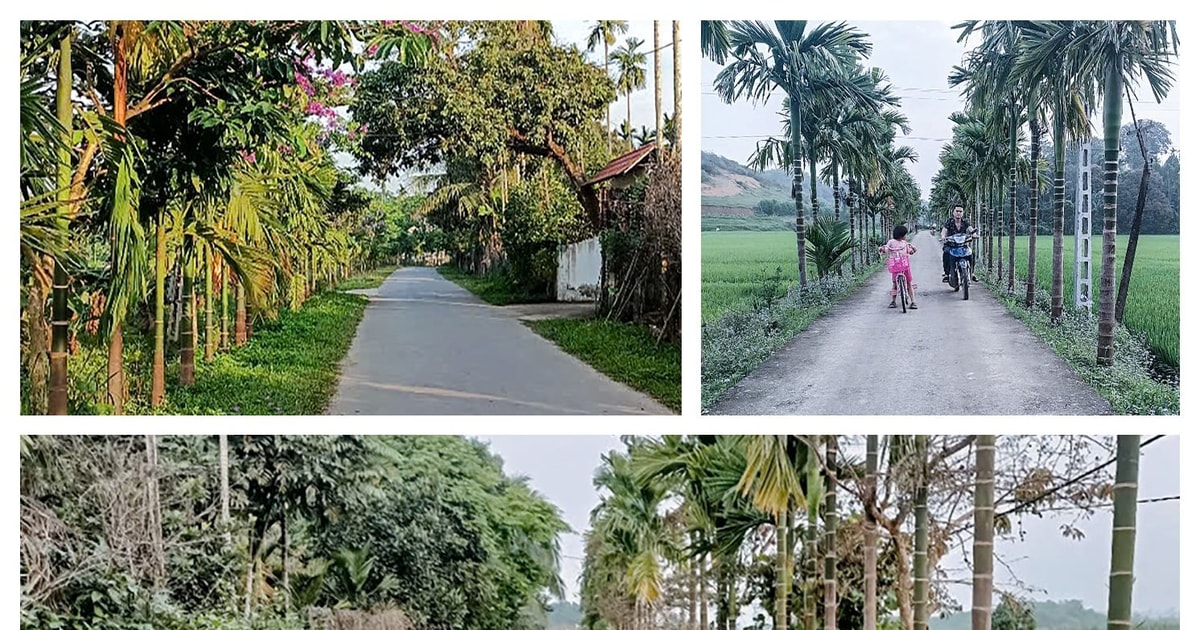



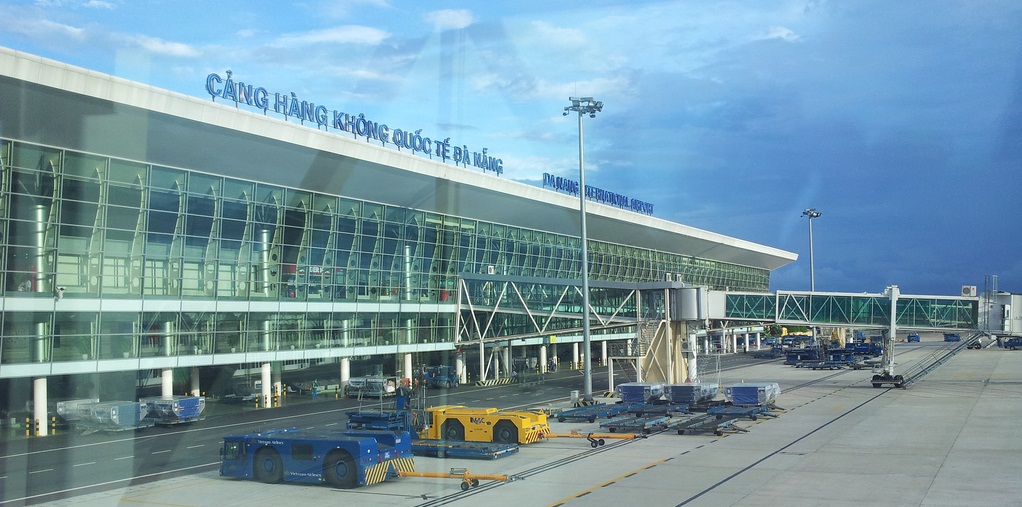
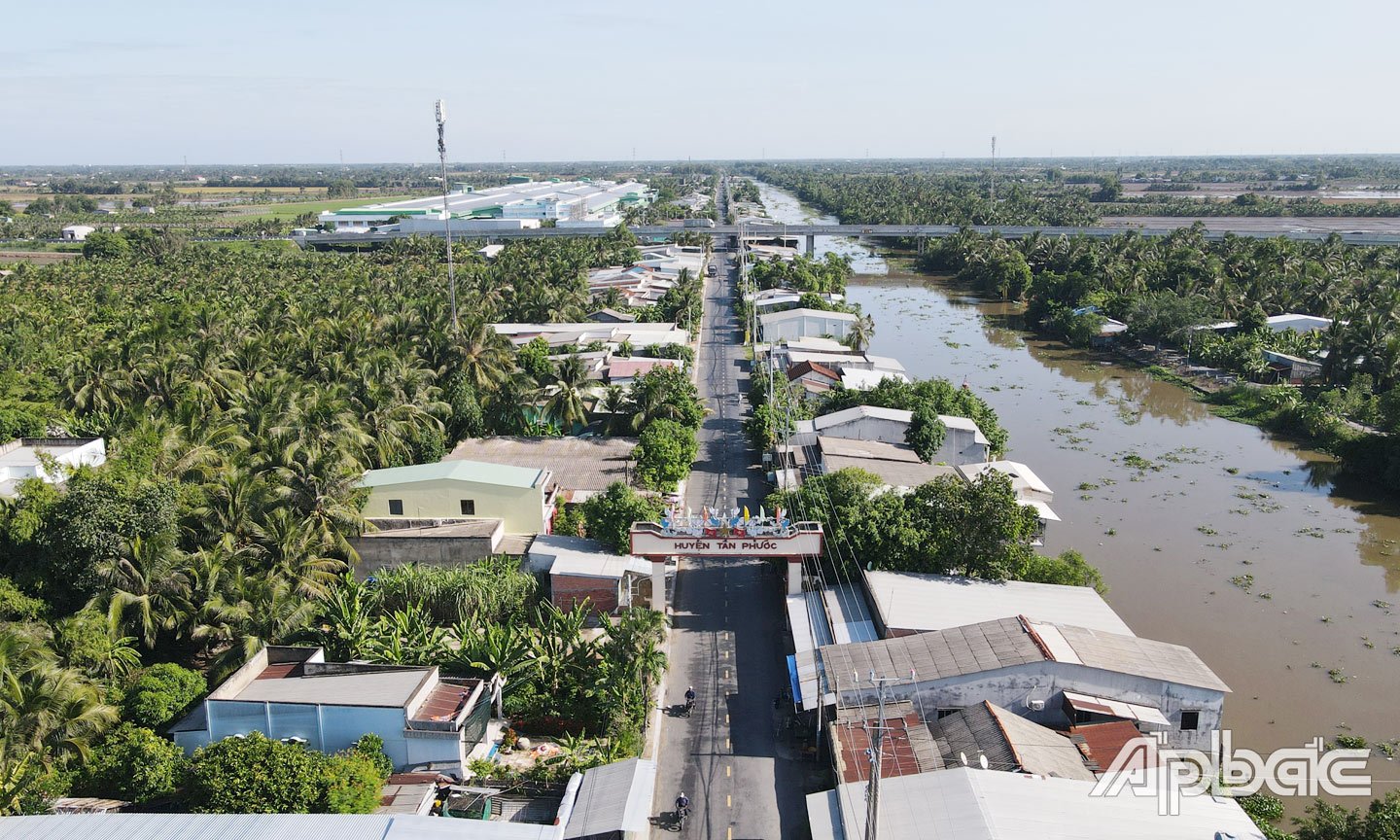











Comment (0)